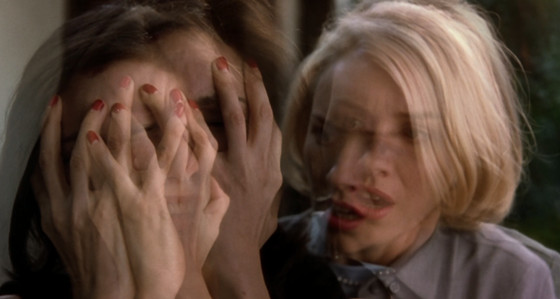
What makes the film a great mind-fuck viewing is its ability to make the viewer feel completely confused, drowning in sea of abstract ideas taken from a world of dreams, and losing themselves in its complex schizoid plot.
As a result, they are constantly thinking, what was the author’s intention and where is it going to go? But at the same time, they never lose interest in what is happening on the screen. It requires a true magician to create a movie with those ingredients, which will be fascinatingly hypnotizing and off the wall, but not an overwhelmingly frustrating experience.
Movies on this list will take the audience to the universe where everything is possible and the laws of logic are not a tiny barrier. Here’s the 10 great mindfuck movies of the 21st century.
10. Berberian Sound Studio
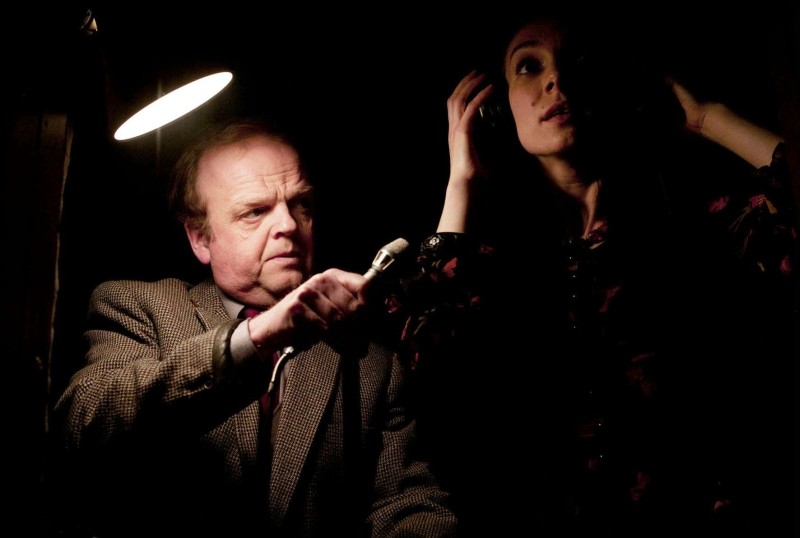
It was supposed to be a simple paycheck gig for a sound engineer, Gilderoy (Toby Jones), who flew from England to Italy to participate in making a film about horses. After arriving to the eponymous Berberian studio, he discovers that he will be actually working on a violent B-class giallo film called “The Equestrian Vortex.”
During his repetitive job that consists of creating sounds to the sequences of terror and violence, his mind slowly disconnects from sanity and he starts to suspect that there’s actually something sinister going on in the Berberian studio. The border between giallo movie and real life gets thinner and thinner for Gilderoy.
“Berberian Sound Studio,” directed by Peter Strickland, is a true kafkaesque horror. The fully overwhelming sense of luridness isn’t based on jump scares and literality, but on a claustrophobic and uncomfortable atmosphere of escalating paranoia, which makes this movie a worthy companion to the Roman Polanski’s frightening Apartment Trilogy.
Gilderoy, just like Trelkovsky in “The Tenant” (1976), feels completely alienated in a foreign country, which is one of the reasons for his mental downfall. Jones does outstanding work as Gilderoy and it’s definitely one of the best performances in his career. “Berberian Sound Studio” is also a must-see for every giallo fan, who may be curious to see what the process of making those films looked like.
9. Donnie Darko
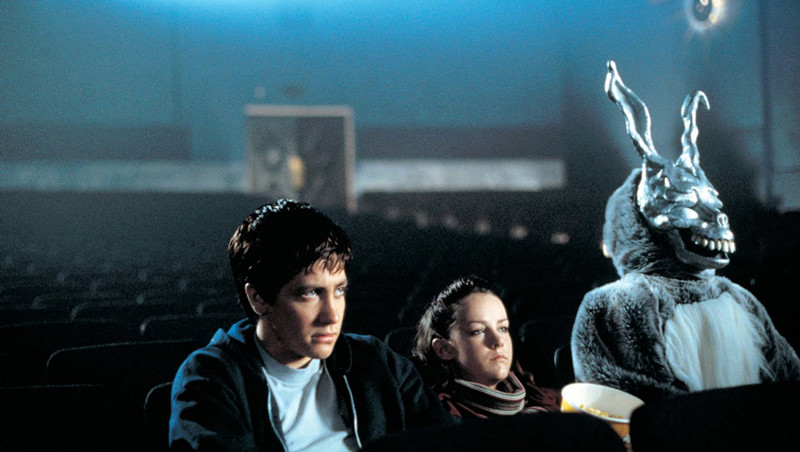
In 1983, a mentally unbalanced teenager, the eponymous Donnie Darko (Jake Gyllenhaal) exits his house while sleepwalking and meets Frank, a mysterious character dressed as a giant bunny who tells him that the world will end in precisely 28 days, 6 hours, 42 minutes and 12 seconds.
In the morning, he returns home to find out that a jet engine has fallen from a sky under unexplained circumstances and has destroyed his room. This is just the first 10 minutes of the movie and it will get progressively even weirder and more complicated.
Is Frank nothing more than an effect of the mental issues of Darko? Or is it maybe all connected somehow to time travel and the parallel universe theory? “Donnie Darko” is a movie like no other – part Lynchianesque mystery, part coming-of-age story, part sci-fi. It fully deserves its status of a cult film. Richard Kelly directed this film not only with vision, but also with heart and sensitivity. Jake Gyllenhaal displays his acting talent, raising the viewer’s sympathy and compassion as a troubled protagonist. It is impossible not to root for his character.
The movie’s soundtrack is filled with 80’s hits like “Never Tear Us Apart” by INXS, “Head Over Heels” by Tears for Fears and “Love Will Tear Us Apart” by Joy Division, but the most memorable song, of course, inseparably connected with the movie, is the melancholic cover of the Tears for Fears song “Mad World,” played by Gary Jules. It’s better to stay away from the sequel – “S. Darko” (2009) – which is nothing more than a straight-to-DVD trash of a movie.
8. Moon
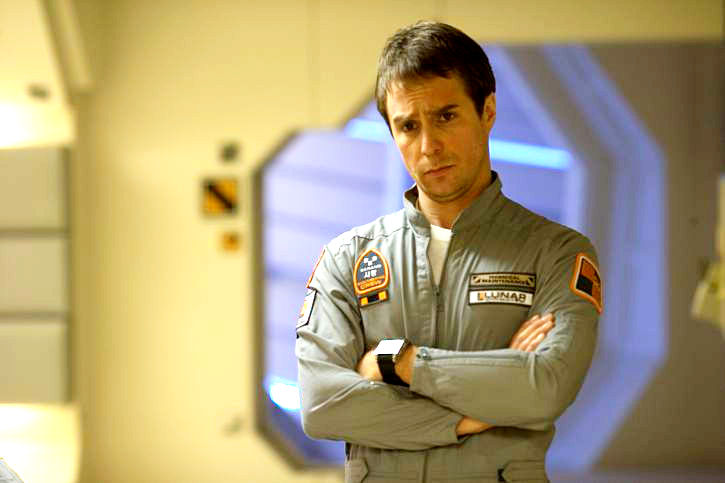
Sam Bell’s (Sam Rockwell) three-year contract for Lunar Industries to work at the moon-based mining facility is finally coming to end. After all those years in full isolation with robot GERTY (voiced by Kevin Spacey) as the only companion, he can’t wait to finally reunite with his wife Tess (Dominique McElligott) and daughter Eve. The closer he is to returning to Earth, the more sinister his situation becomes.
Out of nowhere he starts having the occasional hallucination and later on, he accidentally crashes in his lunar rover during his harvesting Helium-3 duties. The person who appears to rescue him looks exactly like Sam, has the same job, and also claims to be no one else but Sam Bell.
“Moon” is the directorial debut of Duncan Jones (David Bowie’s son) and it’s considered as one of the best sci-fi films of the 21st century. Dormant potential in the movie’s intriguing plot is fully executed. The disoriented audience, just like Sam Bell (well, both of them), constantly takes guesses as to what is really going on in a lunar facility, and what dark secret the company might hold. And also – which Sam Bell is the real one? Perhaps none of them…
The smartly written script by Nathan Parkes demonstrates that solving the mystery surely won’t disappoint anyone. Rockwell does tremendous acting work as Sam Bell x2. Watching him interacting with his doppelgänger is a pure cinematic magic. He made it perfectly believable, which is a demonstration of his range and abilities as a true versatile actor. It’s a real shame that Duncan Jones never directed in terms of quality anything even close to “Moon.” Every movie that followed by this director is unfortunately a bigger disappointment than each previous one.
7. Upstream Color

Shane Carruth entranced cinephiles with his cinematic sci-fi debut – “Primer” (2004). The complex, multi-layered time travel story was made with an extremely low budget, which came out at barely $7,000 and developed a cult following during the years.
Carruth approached the seemingly clichéd topic of time travel with the touch of a strictly scientific mind (he has a degree in mathematics), which created an ultimate nerd film. For many casual moviegoers, “Primer” was impossible to comprehend without support in a form of a graph explaining the intricacies of the plot while watching it.
His second film, “Upstream Color,” tells a story of Kris (Amy Seimetz), who’s kidnapped by a Thief (Thiago Martins) who is using mind-altering worms to take full control of her actions. Obedient to his commands, she unconsciously signs over her life savings to the Thief.
A year after this incident, a traumatized Kris meets Jeff (Carruth himself), with whom she forges a romantic relationship. Later on she discovers that he had a similar grim experience as her. They develop a telepathic bound, which is somehow all connected to a pig farm run by a mysterious Sampler (Andrew Sensenig).
“Upstream Color” is as much a complicated puzzle-like movie as “Primer.” It requires the spectator’s full attention to every little detail and probably multiple viewings to connect all the dots. But it’s a rewarding experience, worth all the difficulties while watching.
In its core there’s a poetic film that deals with themes of relationships, determinism, and our place in the kingdom of nature. Mind-bending, unusual construction of narration is one of the many elements that makes “Upstream Color” such an intriguing work of art – something really different.
6. Enemy
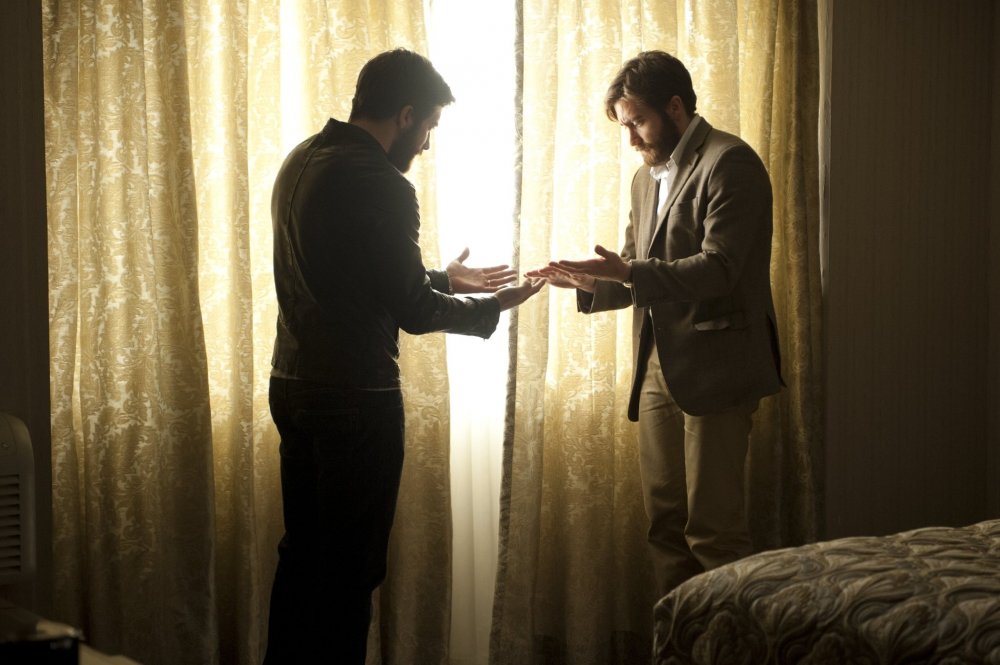
Adam Bell (Jake Gyllenhaal) is a college professor who’s living a monotonous existence, strictly made of routine and emptiness. Everything changes for him when he rents a dramatic film called “Where There’s a Will There’s a Way” due to a recommendation from his colleague.
While watching, he makes a shocking discovery, that the actor from that movie looks psychically identical to him. Adam decides to find his doppelgänger, unaware of the far-reaching consequences of his action.
Denis Villeneuve became an important name in Hollywood after his breakthrough to the mainstream public with the thrilling and heart-moving “Prisoners” (2013). His next film, “Enemy,” a loose adaptation of novel “The Double” written by José Saramago, is more proof of the comprehensive filmmaking talent of the Canadian director. It’s a mind-boggling thriller, filled with existential and psychoanalytic subjects.
The sepia tone cinematography by Nicolas Bolduc makes Toronto look like a real vestibule of hell. While visually mesmerizing, it is also an absorbing film because of its equivocal story opened to multiple interpretations. This is always a guarantee for the re-watch value. “Enemy” is probably not the best suggestion for those who are afraid of spiders.